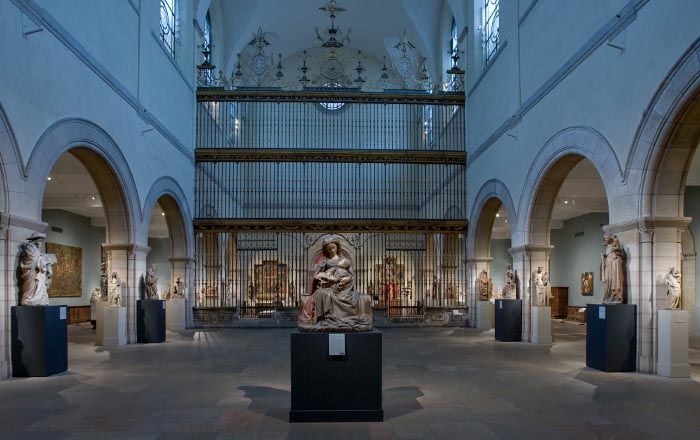Sword and Scabbard
Not on view
This magnificent anthropomorphic Celtic sword is also one of the best preserved. The beautifully modeled head that terminates the hilt is one of the finest surviving images of a Celtic warrior. The human form of the hilt—appearing as a geometric reduction of a classical warrior—must have been intended to enhance the power of the owner and to bear a talismanic significance. The face is emphatically articulated with large almond eyes, and the head with omega-shaped and finely drawn hair.
Although the scabbard has become amalgamated to the iron blade, affecting parts of the surface, its ornamentation and the exquisitely worked hilt make the whole an evocative statement about the technical ability of the Celts, the powerful conquerors of ancient Europe. The sword is of a type associated with the La Tène culture, named after the important Celtic site on Lake Neuchâtel in present-day Switzerland and eastern France. Other related anthropomorphic swords from diverse finds in France, Ireland, and the British Isles demonstrate the expansion of the Celts across Europe. As the first such example in the Museum's collection, the sword is a superb and singular example that richly adds to a select group of Celtic works of art.
This image cannot be enlarged, viewed at full screen, or downloaded.
This artwork is meant to be viewed from right to left. Scroll left to view more.







